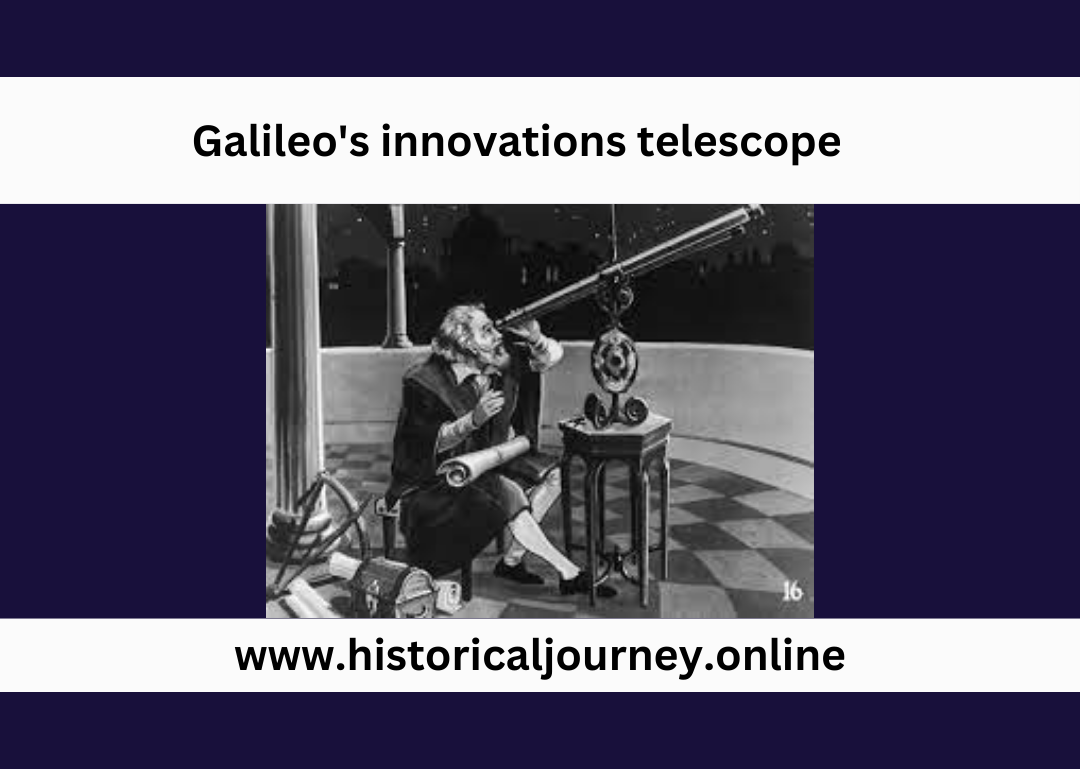Galileo’s innovations telescope and space.
Several centuries ago Galileo surprised the world with his spectacular telescope. In this article we expand the information about the most important character in modern astronomy and we tell you more information about his revolutionary telescope and space in general.
Galileo’s innovations telescope and space:
In 1609 Galileo Galilei invented the telescope, a novel refracting instrument thanks to which he became the progenitor of modern astronomy. With this device Galileo was able to see that the sun had spots and was not perfect. He visualized it directly when there were clouds or the intensity of the light was easier to endure for one reason or another, although in the end he ended up still blind towards the end of his life from looking at it directly for so long, since it is a very dangerous although the risk it could entail for eyesight was probably unknown in those times.
Galileo also observed the moon and realized that it was full of craters and mountains, so he understood that it was a rocky body and not a completely silky sphere of ether. With this he contradicted all the Aristotelian theses that defended that the celestial world was perfect and the stars were spherical since he was able to observe that this was not the case at all and that the planets and satellites were totally different and imperfect.
TelescopioWeb:
Later, also with his telescope, somewhat less modern but undoubtedly the basis of current telescopes such as those we can see on TelescopioWeb , where they are experts in this type of technology, he managed to observe the planet Saturn and realized that it had strange appendages, which would later be discovered to be actually the rings of this planet.
Likewise, the most interesting thing that Galileo could see were the moons of Jupiter, realizing that its system was very similar to the solar system. He was the first observer of the Galilean satellites (which would later take his name) and which he first confused with stars close to this planet. First the moons of Jupiter were called Medician Planets in honor of the popular Medici to whom Galileo wanted to pay tribute, but later centuries later their name was changed to refer to other researchers.
Satellites:
Thus, all the observations of the different satellites of the planet Jupiter and the confirmation that Venus has different phases similar to the phases of the Earth’s Moon undoubtedly served to confirm and give greater validity to the system of Copernicus, who defended a heliocentric system and He stated that the Earth is not specifically the center of the solar system. However, in 1932 Galileo was responsible for publishing an essay which he called “Dialogue on the two great systems of the world” and which included a complete essay with the merits relating to the different systems, the Copernican and the Ptolemaic, including the different tests that he himself had done and also the tests that Copernicus himself had provided.
Thus, all his scientific research brought him great condemnation and total persecution from the Catholic Church, who considered his practices dangerous and closer to witchcraft than to research. Finally, Galileo died imprisoned and blinded by the direct observations of the sun he made with his telescope in 1642. They also forced him to renounce his ideas so as not to condemn him to death, but no one will ever take away his title as the father of authentic modern astronomy. who was able, with his telescope and also with his conviction, to open the eyes of many people to a new universe.
